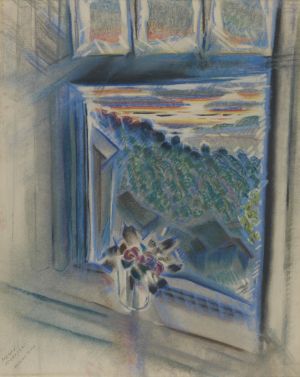Appalachian Art: Presence and Absence in American Museum Collections
This is event is being held online. After registering, connection information will be emailed to you.

Terra Foundation Curatorial Fellow Ali Printz will talk about the presence and absence of Appalachian Art in museum collections. Printz will explain why it is important, both historically and in the present, to address the story of the Appalachian region in museum collections as well as how she approached the process through her exhibition, Layers of Liberty: Philadelphia and the Appalachian Environment, currently on view at PAFA.
The Art At Noon lectures are supported by the Behrend Family in memory of Rose Susan Hirschhorn Behrend, a former docent at the Academy and great supporter of its education programs.
Image: Henry McCarter (1866-1942), Morgantown (Attic window), ca. 1941, Pastel on tan laid paper, Gift of the Fellowship of the Pennsylvania Academy
We're so excited you're planning to visit PAFA!
Make time for art — visit us Thursday to Sunday.
Before reserving your tickets, please review helpful information about museum hours, accessibility, building access, and special admission programs.
If you have any questions, feel free to reach out to us at visitorservices@pafa.org — we’d love to help!
